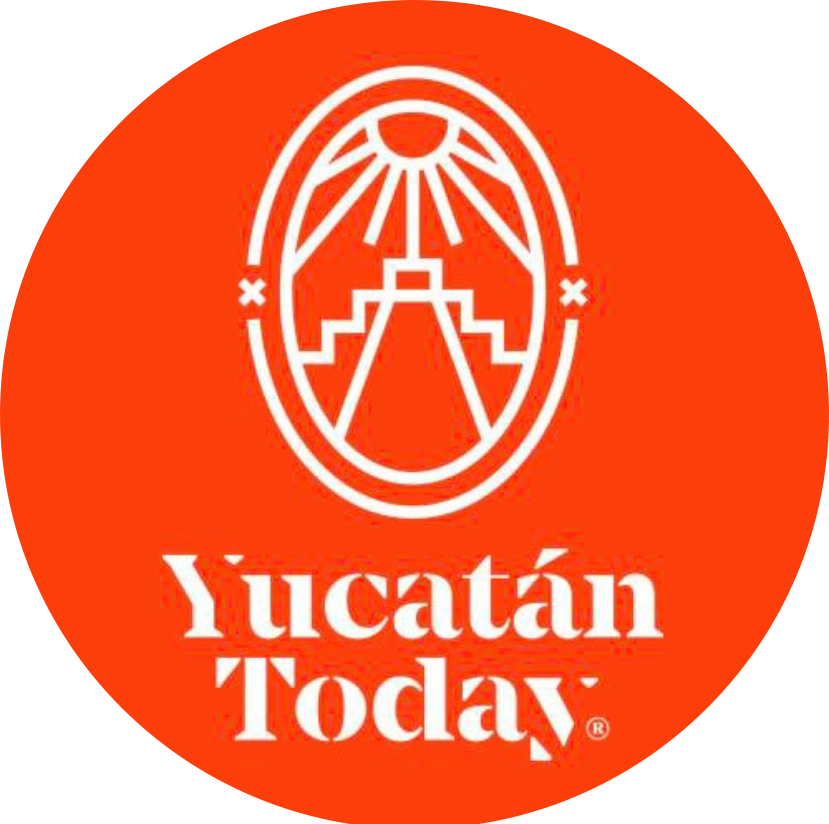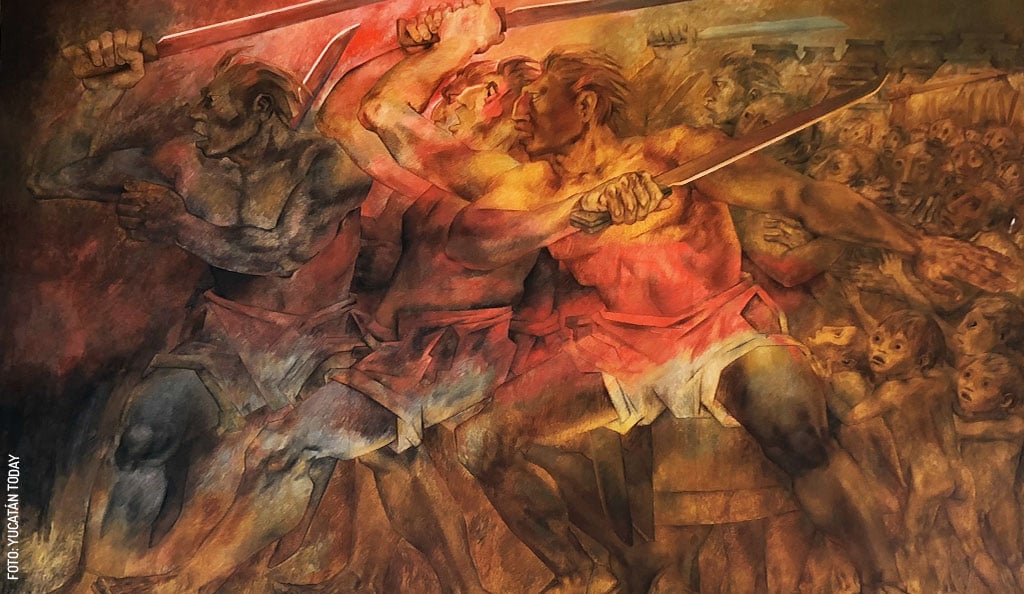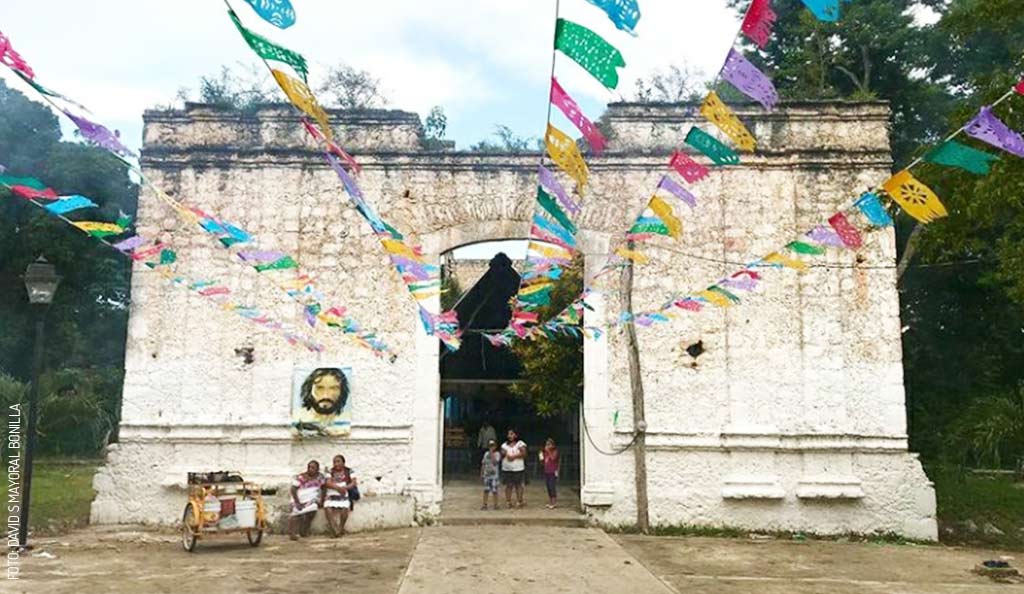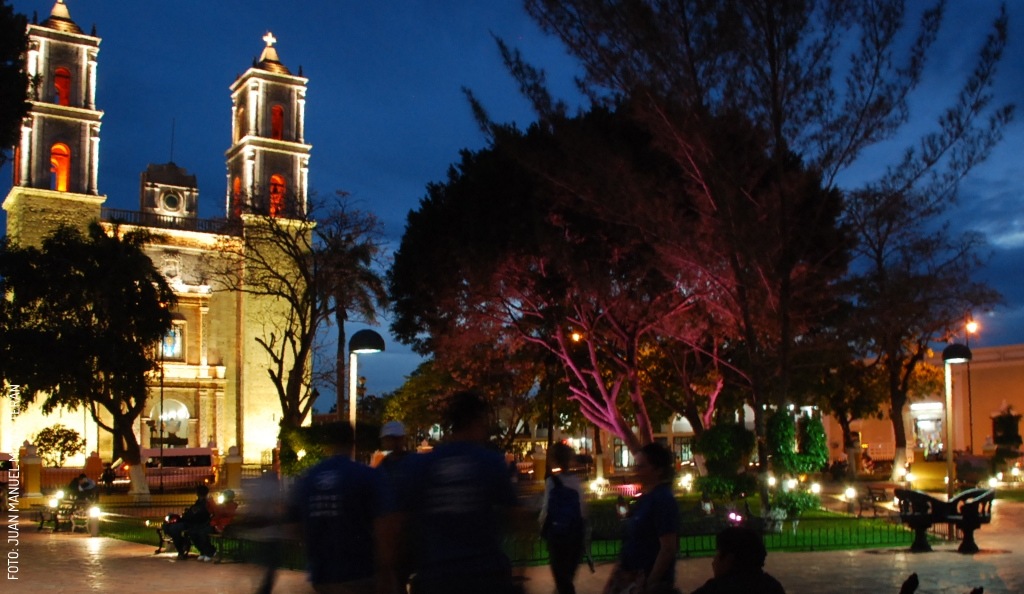Valladolid: The First Spark of the Mexican Revolution
The “first spark of the Mexican Revolution,” also known as the Dzelkoop Plan, was an insurrection which began on June 4, 1910, by Maximiliano R. Bonilla and other leaders of the Independent Electoral Center and the Anti Reelectionist Front, against the dictatorship of President Porfirio Díaz.
On June 4, 1910, at 3 am, the insurrection began which attacked the town of Valladolid, Yucatán.
The insurgents’ army was made up of laborers from the neighboring haciendas, mainly peaceful Maya volunteers who had been recruited. During the battle which was brief, the chief politician of the plaza, Luis Felipe de Regil, was killed along with a few soldiers.
The rebels took the city, removed railroad tracks which connected to the capital city of Mérida, and entrenched themselves in the city. The federal government retaliated by sending a batallion of 600 soldiers, who sailed from Tabasco to Progreso, arriving in Valladolid at 8 am on June 9, 1910. In spite of its superior numbers and armament, the exhausted federal troops needed more than four days to break the rebels, badly trained and few in number but full of bravery.
After three assaults by the federal troops, dozens of bodies of the revolutionaries and soldiers remained scattered through the streets of Valladolid, in the first tragic episode of what would, months later, become the beginning of a new era for Mexico.
The blood of the Valladolid revolutionaries, which flowed over the ground of this city, was not shed fruitlessly; it was the “spark of the revolution” which spread through the country, fuelled by national resentment, until Porfirio Díaz fled Mexico. So Valladolid would become, again, the scene of a bloody battle, and its history is known throughout the country as a part of the general history of Yucatán and Mexican patriotism.
Every year, on the night of June 3, a simulation is done on the taking of the plaza by the revolutionary forces. At this fiesta, a ceremony takes place with the three powers of the state placing floral arrangements at the site where these real heroes were killed.

Author: Yucatán Today
Yucatán Today, the traveler's companion, has been covering Yucatán’s destinations, culture, gastronomy, and things to do for 37 years. Available in English and Spanish, it’s been featured in countless travel guides due to the quality of its content.
In love with Yucatán? Get the best of Yucatán Today delivered to your inbox.
Don’t miss out on our latest articles and the digital magazine before anyone else.
Main topics that may interest you
Shortcuts
Related articles

Maya Culture
The Caste War, or Maya Social War, of Yucatán
Discover the Yucatan Caste War (1847-1901): a Maya struggle for freedom and land, a key event in the peninsula's history.
Destinations
Casa de los Venados, Valladolid
Casa de los Venados in Valladolid: Discover 3000+ pieces of Mexican folk art. The largest private collection in a colonial gem. Daily tours and...
Maya Culture





